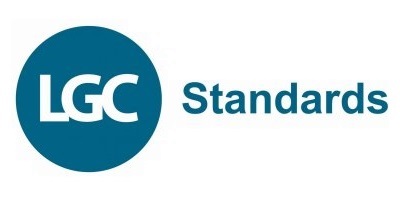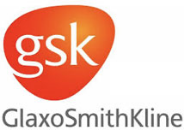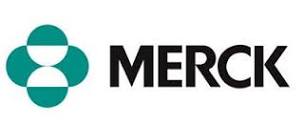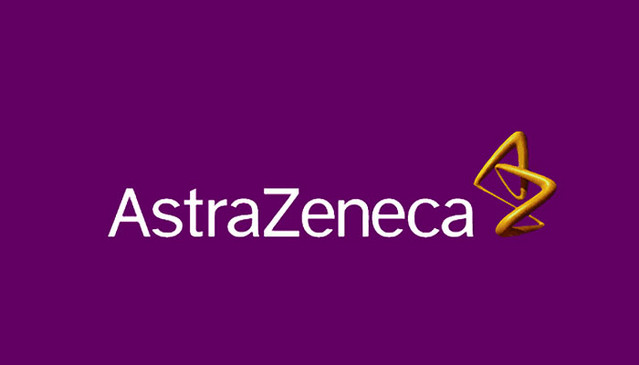Looking up HS Codes for any Organic Chemical
In the world of international trade, the classification of products plays a vital role in ensuring seamless customs procedures and accurate assessment of duties and taxes. Harmonized System (HS) codes are the standardised numerical method used to classify traded products. They are administered by the World Customs Organization (WCO) and are recognised worldwide. This blog post aims to provide a comprehensive understanding of how to look up HS codes specifically for organic chemicals.
Methods Used to Look Up HS Codes for Organic Chemicals
There are several methods that can be utilised to look up the HS codes of specific chemicals, including search tools designed to make this process much more efficient. Although HS codes are partially standardised globally and usually used for import, the United States also has schedule B codes to classify products for export trade. Unfortunately, schedule B codes, although based on the WCO system, are different from the import HS codes for the same product.
A chemical’s codes can be searched for in the European Customs Inventory of Chemical Substances (ECIC). However, it has several limitations, including the following points:
- Limited coverage to mainly well-known and commonly traded chemicals, so it cannot be used for proprietary chemicals
- Validity is limited to EU HS codes only
- A name-only search
- HS codes that are a manual point-in-time assessment may not be updated as updates to the Harmonized System are released.
As a result, commercial systems such as ExpediChem, which address these limitations, can be highly beneficial. We cover this tool in more detail in the final section. Next, we explain the different codes available for organic chemicals.
Harmonized System (HS)
The Harmonized System is an internationally recognised classification system developed by the WCO. It serves as the foundation for HS codes. The HS assigns unique six-digit codes to different classifications and commodities. While the first six digits are globally standardised, countries normally add an additional four digits for further granular classification beyond the six-digit level.
Schedule B Numbers
In the United States, unusually, HS codes are also used for export; these are called Schedule B numbers. These are 10-digit codes that classify products for export, with the first six digits representing the corresponding HS number. Schedule B numbers ensure compatibility with international HS codes while accommodating additional specificity required by U.S. regulations. Unfortunately, the Schedule B number for export is not always the same as the HS number for import, even for the same item.
HTS & CN Codes
The HTS (Harmonized Tariff Schedule) code is a 10-digit number used to determine the tariff tax or duty applied to imported items into the United States. It is an extension of the HS system and includes chapters, headings, and subheadings that define the HTS code for each specific good. The HTS consists of over 10,000 individual codes associated with various items. By referring to the appropriate chapter (Chapter 29 for organic chemicals), importers can identify the specific HTS code associated with their organic chemical product.
In Europe, the HTS/HS code is often referred to as a CN (Combined Nomenclature) number.
The appropriate code for an organic chemical will depend on the chemical structure, chemical class, functional groups present and sometimes activity or intended use. To manually determine the correct code requires a detailed knowledge of chemistry, the HS schedules and rules governing their interpretation.
Looking up HS Codes with Scitegrity
Accurate identification of HS codes for organic chemicals is of paramount importance in international trade. By utilising tools like ExpediChem, anyone can streamline the process of classifying organic chemicals under the HS system and navigate the complexities of international trade.
ExpediChem allows users to upload, draw, paste, or search for a chemical structure. Utilising worldwide coverage with specific 10-digit coverage for the USA, EU, UK, Switzerland, and China (chapters 28 and 29 of the HTS), ExpediChem calculates the HS/CN code and duty for these countries. This tool provides HS/CN codes for both chemists and non-chemists, with no knowledge of the HTS system or chemistry required, ensuring accurate classification even for novel or proprietary chemicals.
Contact a member of Scitegrity today to learn more about looking up organic chemicals HS Codes with ExpediChem.
References
Trusted by our Clients











